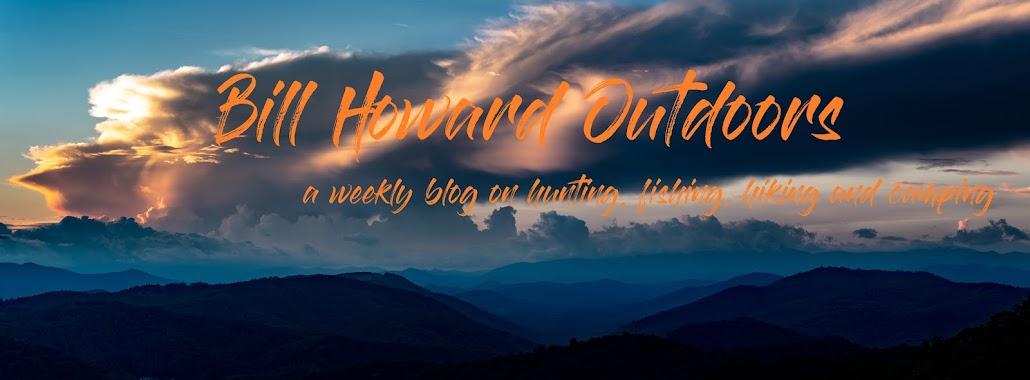You have spent the late summer and early fall planting food plots, setting trail cameras and scouting. You have honed your shooting skills to the point a military sniper would admire your technique and control. Up in the stand you see a creature that is so majestic you pause momentarily to admire its beauty before you lay the sights on the beast and gently squeeze the trigger. Yep, he is a wall hanger. This one will be a center piece in your man cave. Heck, your wife will likely be so impressed she will let it hang over the fireplace (as long as you let her go shopping for shoes or dresses or something girly like that, of course).
You call several hunting buddies and have them come take a gander before you field dress him. Then, you bring out the skinning knife and start your cuts.
This is where a problem could come in. You plan on putting the head on the wall, deciding to do a shoulder mount. You make a cut around the neck line. Many do not realize just how far back to make that cut. You have to be behind the front legs and shoulder for a proper shoulder mount.
I spoke with Pat Nicholson of Nicholson’s Taxidermy (Elm City, NC) a while back about proper care with your game you intend to display. People, especially new hunters, are unaware of the care needed to take care of the hides. Three factors spoil meat and destroy hides; heat, dirt, and moisture. Cool the animal down quickly using ice and field dressing the animal by removing the insides such as the intestines. Dry the hide by patting it down and add salt to soak up the moisture and preserve it. Use game bags or plastic trash bags to keep dirt from the making contact with the meat and hide.
One thing I do is contact the taxidermist prior to making the cuts. Let them know what you intend on doing with the animal. They will help you on what to do and where to do it. For instance, on the alligator hunt I recently went on, I spoke with Strickland’s Outdoor Creations (Middlesex, NC) prior to the hunt. She advised me what to do with the hide. I also spoke with a wildlife biologist in Georgia on how to handle the meat to prevent spoilage. If I had not spoken to both, I may have had a problem with the gator since reptiles are handled slightly different than mammals.
Even trappers must learn proper field care, as a wrong cut could determine how much the fur will sale for or even if it will sale at all. The North Carolina Wildlife website (ncwildlife.org) has much information on game care for the different game animals as well as a simple search with the keywords game care for field care on the internet.
Also, do not expect a taxidermist to ‘rebuild’ something that has been destroyed. As Pat Nicholson told me, if you blow every feather off a duck or turkey, do not bring him a bag full and ask him to put them back on. It took God several years to put them there; it would take him much longer to put them back.
Bill Howard writes a weekly outdoors column for the Wilson Times and Yancey County News and the bowhunting blog site GiveEmTheShaft.com. He is a Hunter Education and International Bowhunter Education instructor, lifetime member of the North Carolina Bowhunters Association, Bowhunter Certification Referral Service Chairman, member and official measurer of Pope and Young, and a regular contributor to North Carolina Bowhunter Magazine.







